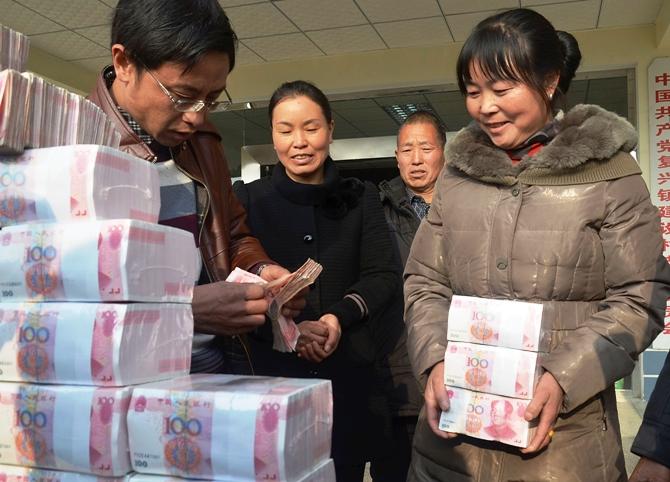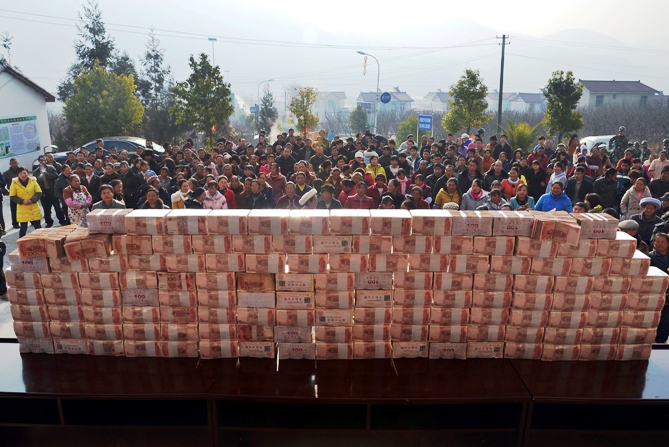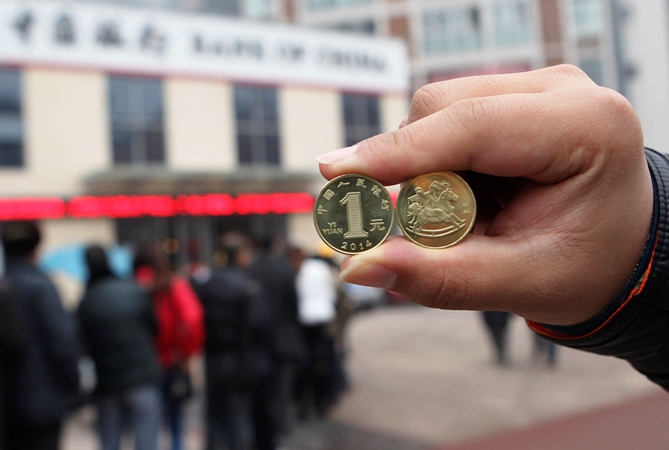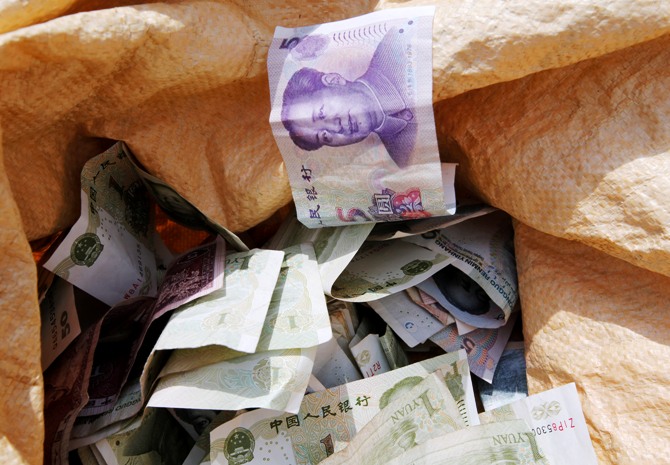 | « Back to article | Print this article |
Beware! The Chinese (yuan) are coming
In my column titled The Asian future of reserves, Business Standard, I had drawn attention to the significant steps being taken by China to transform its currency, the renminbi, which is denominated in the yuan, into a full-fledged international reserve currency after the US dollar and the euro.
Since then, there have been a number of further developments that merit attention.
China began the process of internationalising its currency through several initial steps.
These included: (i) allowing China’s import and export trade to be fully designated and settled in the yuan; (ii) introducing a Qualified Foreign Institutional Investor programme and a Qualified Domestic Institutional Investor scheme to permit both inward and outward portfolio (equities and bonds) investment, though subject to limits; (iii) establishing an offshore yuan market, developed first in Hong Kong and later extended to Singapore and London (these offshore centres became key platforms for pilot initiatives to develop a yuan-based currency and bond market, starting with the new well-known “dim sum bonds”); (iv) the Renminbi Foreign Institutional Investor scheme was introduced in 2011 to allow offshore yuan to be invested in the Chinese portfolio market; and (v) China entered into bilateral currency swap arrangements with a number of countries, mainly to ensure that there was sufficient yuan liquidity available to meet the needs of trade finance and money market transactions.
Click NEXT to read further. . .
Beware! The Chinese (yuan) are coming
All these measures have witnessed significant expansion during the past 18 months, even as new initiatives have been announced.
Let us consider the progress in expanding the scope of existing measures.
There has been a rapid increase in the use of the yuan in Chinese trade settlement, from 11 per cent in 2012 to an estimated 17 per cent at the end of 2013.
It is likely to reach a figure of 30 per cent by the end of 2015. In the QFII scheme, the aggregate limit for inward portfolio investment has been raised from $30 billion to $80 billion.
The offshore yuan-denominated bond market in Hong Kong alone is now worth $500 billion compared to virtually zero in 2009.
The QDII scheme has no aggregate limit, but much of the expanded mergers and acquisition activity by Chinese firms in the United States and in European and Asian economies has been structured through this route. China’s outward investment in 2012 was estimated at $62 billion.
Click NEXT to read further. . .
Beware! The Chinese (yuan) are coming
Hong Kong was an obvious choice to serve as the first offshore yuan-trading centre, given its strong economic and financial links with mainland China.
It was the first financial centre permitted to conduct yuan-related currency trading; its banks could accept yuan deposits; and yuan-denominated bonds could be issued in the city.
During the past two years, Singapore, London and Taipei have successively emerged as additional yuan offshore centres, greatly increasing the currency’s international role.
From the 17th most-used currency in the world, the renminbi is now at the eighth place; it has overtaken the euro.
Daily transactions in the yuan are now $120 billion, from about $34 billion in 2010.
Its share of global currency trading is still only two per cent compared to 87 per cent for the dollar, but the rapidity of its rise is nevertheless impressive.
China has currency swap agreements with 24 countries and the total value of these swaps may be close to $1 trillion.
Click NEXT to read further. . .
Beware! The Chinese (yuan) are coming
The significant swaps are with Hong Kong, South Korea (400 billion yuan each), the European Union (350 billion yuan), the United Kingdom, Australia and Brazil (200 billion yuan each).
These arrangements can facilitate the use of the yuan in trade settlements, in specified investment purposes and as international reserves.
Swap arrangements have become an important means of promoting the international use of the Chinese currency.
While expanding the scope of existing measures, China has taken additional initiatives in this regard.
It has promoted the direct exchange of its currency with some of the world’s key currencies, thus obviating the need to use the dollar as an intermediary.
Click NEXT to read further. . .
Beware! The Chinese (yuan) are coming
The renminbi could already be exchanged directly with the US dollar and the Hong Kong dollar; but in the past year, the same has been established with the British pound, the Japanese yen, the Singapore dollar and the Australian dollar.
More recently, the Chinese government approved the setting up of the Shanghai free-trade zone in September 2013 as a pilot project for testing out more liberal policies in the financial sector.
According to guidelines made public so far, foreign entities located within the zone will be permitted to issue yuan-denominated bonds, buy and sell Chinese equities and bonds directly, and invest in overseas financial products without the limits imposed by the QFII programme.
The entities in the FTZ will have specially tagged accounts, and transactions with mainland entities will be treated as cross-border flows.
Since the inception of the FTZ, 1,400 entities have already been established in it.
Click NEXT to read further. . .
Beware! The Chinese (yuan) are coming
While these are important landmarks on the road to the internationalisation of the renminbi, it is still far from achieving the status of a freely convertible reserve currency like the US dollar, the British pound or the euro.
Strict capital controls remain in place and the currency is allowed to trade only within a narrow range of one per cent from the daily rate fixed by the authorities.
The domestic banking and financial markets are under tight control. Bank deposit rates have been fixed at three per cent, though loan rates have been partially liberalised.
There has been rapid growth of a vast shadow banking system, which now threatens the economy as credit-generated bubbles build up across the economy.
China has a massive credit overhang of nearly 220 per cent of its gross domestic product and the loan exposure of local governments and municipalities is nearly $3 trillion.
It is not clear how much of this will end up as non-performing assets.
How China manages these looming threats will have a significant impact on its ambitions for its currency.
Shyam Saran is a former foreign secretary, is chairman of the National Security Advisory Board and the Research and Information System for Developing Countries, and senior fellow at the Centre for Policy Research (New Delhi)






